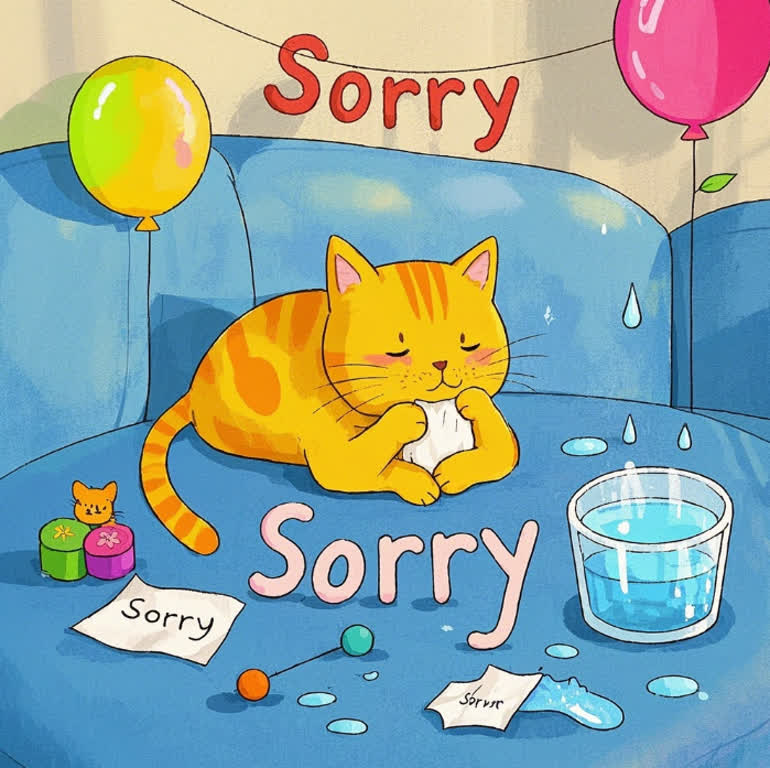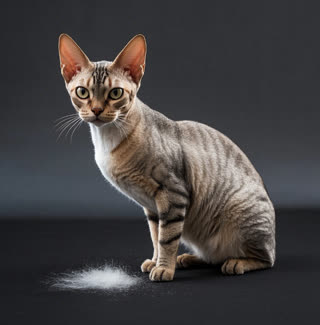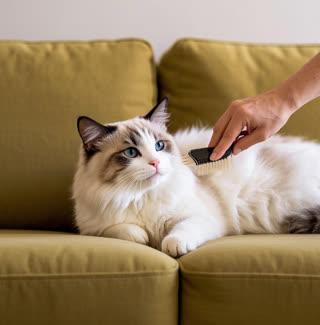Cat behavior signs often go unnoticed, but understanding them can deepen your bond with your feline friend. Contrary to popular belief, cats do "apologize"—not through words, but through subtle actions. In this guide, we’ll decode the hidden signals your cat uses to say "I’m sorry," backed by veterinary insights and behavioral studies.
Cats lack the cognitive ability to feel guilt like humans, but they do recognize when their actions cause stress. According to a 2023 study in Animal Cognition, cats adjust their behavior to reduce conflict after aggressive interactions. Key signs include:
Ear Position: Flattened ears indicate submission
Tail Flicks: Slow, deliberate movements signal calmness
Blinking: Long, slow blinks convey trust
Veterinary Tip: Reward these behaviors with treats to reinforce positive communication.
Cats rub their scent glands against you to mark territory and apologize. This behavior releases calming pheromones and is often paired with gentle headbutts.
Bringing dead prey (or toys) is a survival instinct, but it also signals gratitude. A 2024 survey found 65% of cat owners receive "apology gifts" after scolding their pets.
Suddenly seeking physical contact after misbehavior is a classic sign. Cats use body heat to soothe both themselves and their humans.
Licking your hand or face mimics maternal grooming, a behavior reserved for trusted individuals. It’s their way of saying, "Let’s reconcile."
Pushing a toy toward you with their paw combines playfulness and apology. This behavior is most common in breeds like American Shorthairs, known for problem-solving skills.
Not all cats apologize the same way. Here’s how breeds differ:
American Shorthairs: Use "gentle paws" (light taps) and toy fetching
Siamese: Vocalize with soft chirps while rubbing against legs
Persians: Bring grooming tools (e.g., brushes) as "peace offerings"
Behaviorist Insight: Dr. Jane Brunt notes, "Breed traits influence apology styles, but individual personalities matter most."
Misinterpretation can lead to confusion. Avoid these mistakes:
Ignoring Signals: Overlooking a headbutt may prolong tension
Punishing: Negative reinforcement weakens trust
Forcing Interaction: Respect boundaries—apologies are voluntary
Turn an apology into a bonding opportunity:
Stay Calm: Lower your voice and relax your posture
Offer a Treat: Positive reinforcement strengthens the behavior
Play Together: Use feather wands to redirect energy positively
Pet Gently: Scratch behind the ears to signal acceptance
A 10-year-old American Shorthair destroyed a sofa. Afterward, she:
Brought her favorite toy to the owner
Sat on the damaged area and purred
Allowed extra grooming sessions
Outcome: The owner repaired the sofa and reported improved behavior.
Q: Do cats apologize for peeing outside the litter box?
A: Yes, but medical issues (e.g., UTIs) should be ruled out first.
Q: Can kittens apologize?
A: Kittens under 6 months may exhibit apology-like behaviors but lack full emotional understanding.
Q: How long do cat apologies last?
A: Most resolve within 24 hours with proper response.
Conclusion
Understanding cat behavior signs of apology enhances mutual trust. By recognizing these signals, you’ll transform conflicts into deeper connections. Remember—every headbutt and purr is your cat’s unique way of saying, "I care."










